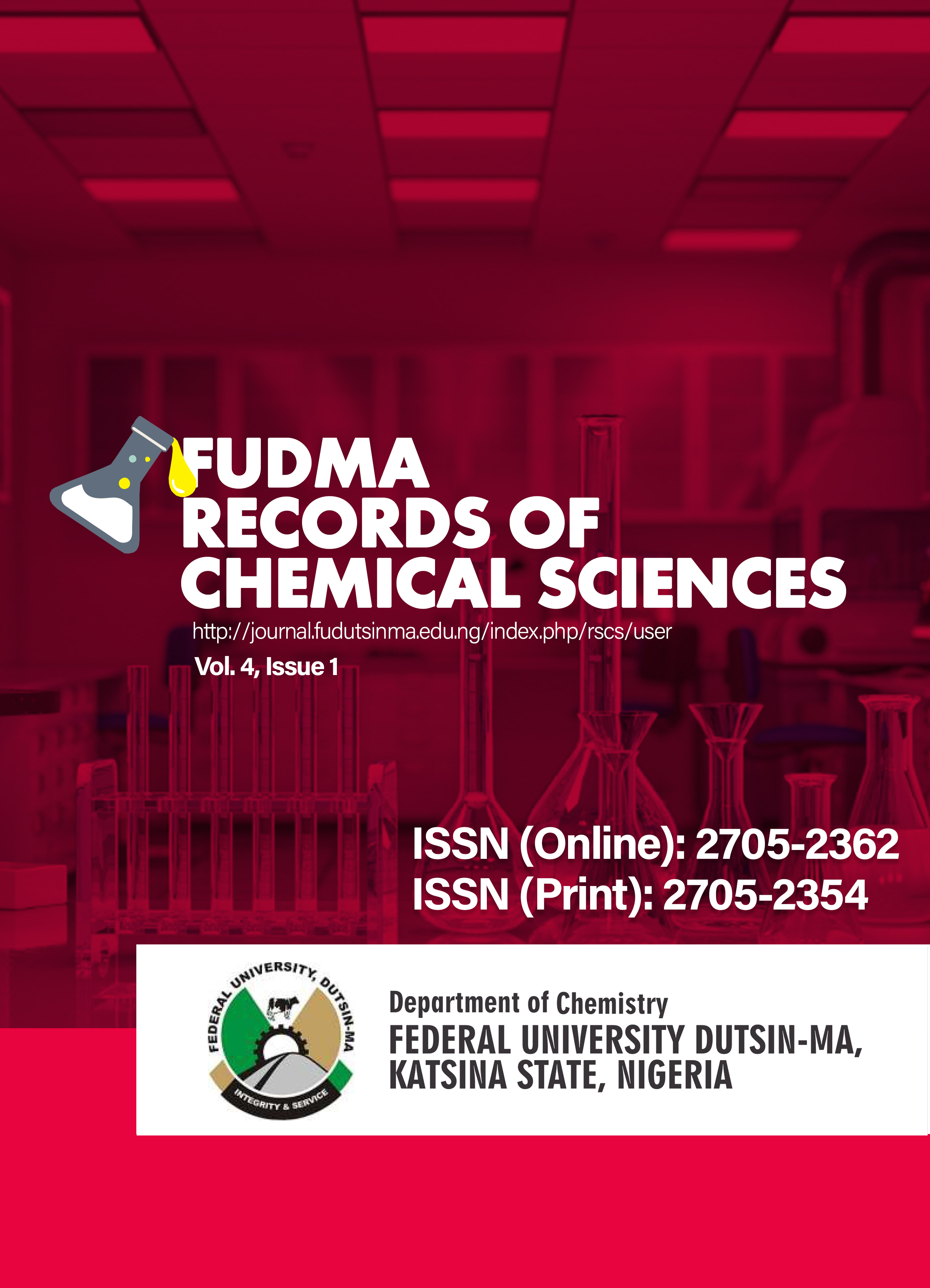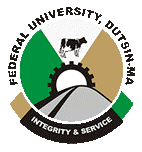Optimization of Methylene Blue Photocatalytic Degradation over TiO2 P25 via Central Composite Design: Kinetic and Statistical Analysis
DOI:
https://doi.org/10.33003/frscs_2025_0401/11Keywords:
Response surface methodology (RSM) , TiO2 catalyst , Methylene Blue Dye , KineticsAbstract
Photocatalytic degradation of methylene blue (MB) dye over TiO2 metal oxide under
UV radiations was optimized using a central composite design of response surface
methodology. The effect of TiO2 loading, MB initial concentration, and pH were
studied in the range the 0.25-2 g/L, 15–35, and 2.5-8.5 ppm, respectively. The cubic
model was suggested for the response because is more reliable and accurate than the
quadratic model. The influence of three operational parameters (catalyst loading,
initial MB concentration, and pH) was examined to maximize the photocatalyst
performance. The significance of the model and regression coefficients was tested by
the analysis of variance. Optimal conditions obtained from statistical analysis at
catalyst loading of 1 gL-1, initial MB concentration of 25 mgL-1 and pH of 2.5 have
shown MB percentage degradation of 67.47. The kinetics of the photocatalytic
degradation of MB dye over TiO2 under UV light (3 W) at a wavelength of 253 nm
was nicely followed by pseudo-first-order kinetic. Moreover, the results predicted by
the models were found to be in good agreement with those obtained by performing
experiments (R2 = 0.9993 and Adj-R2= 0.9542).






